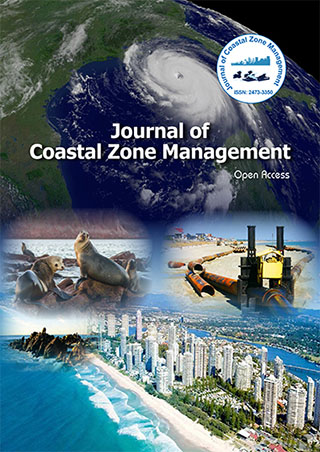Indexed In
- SafetyLit
- RefSeek
- Hamdard University
- EBSCO A-Z
- OCLC- WorldCat
- Publons
Useful Links
Share This Page
Journal Flyer

Open Access Journals
- Agri and Aquaculture
- Biochemistry
- Bioinformatics & Systems Biology
- Business & Management
- Chemistry
- Clinical Sciences
- Engineering
- Food & Nutrition
- General Science
- Genetics & Molecular Biology
- Immunology & Microbiology
- Medical Sciences
- Neuroscience & Psychology
- Nursing & Health Care
- Pharmaceutical Sciences
Abstract
Recent Trace Metals Pollution in Bottom Sediments of Khor Al-Sabiya, Kuwait
Sondos Jassar, Mohammad Al-Sarawi and Sawsan Khader
The tidal inlet within and around Bubiyan Island is dominated by tidal currents and the accumulation of soft mud is well seen within the intertidal flat. Mudflats with increasing number of burrowers make up most of the beaches of the western part of Bubiyan Island. The middle parts of the tidal inlets are formed of coarse suspended sediments reflecting a high rate of bottom currents. Suspended sediments are highly recognized within the inlets. Benthic communities as well as high quantities of foraminifera are well documented at the main inlet. The benthic communities are affected by the inlets salinity accordingly they vary from one place to another. The study revealed the formation of high anthropogenic deposits at the western and north-eastern part of the tidal channel of Bubiyan Island. Trace Metals (TM) as well as Total Petroleum Hydrocarbons (TOC) were found to be within the permissible KEPA standards. Sediment distribution varied between soft mud to muddy sand along the tidal channels. Tidal currents trending north to south is affecting most of the sediment distribution. The coastal dunes and rocky tidal flats are found at the southern part of the main entrance of Khor Al-Subiyah while soft sediment form the northern most part of the Khor. The coastal geomorphic features are highly affected by the tidal current as well as wind action.
